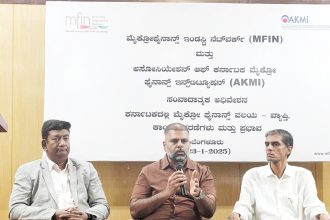CineChic Ep 2: Dress Like You’re Already There
Scene one: You’re fast asleep and warm in bed. It’s 2:00 a.m. You’re dreaming of sunshine, meadows, and butterflies. CRASH! Sounds of shattered glass and a loud thud find you wide awake, hyperventilating, and reaching for your phone to call the police.
Scene two: “Don’t worry, we’re on our way”. The police hang up. You crawl out of bed and peek outside your bedroom door. A large, masked individual is scanning your living room.






Scene three: Police sirens and lights mark the arrival of Lady Justice. It’s 2:15 a.m. The intruder pauses and then slowly reaches for his weapon. Police barge in and command the criminal to freeze! Except the police are dressed in flannel PJs, bunny slippers, and retainers. No guns, pepper spray, handcuffs, taser, or baton…
If we’re taught to never judge someone by their appearance alone, what would you do in this situation?
Clothes and accessories are more than a series of discernable events, they are a state of mind, an extension of who you are. Fashion is armor. Fashion is uniform. Fashion is communication. It’s true, we try to make sense of people around us. Few are outrageous and outlandish, some dress for professional success, and others disappear. They play their parts as ballerinas, policemen, priests, doctors, and everything in between. Uniforms say something about the individual. Some are integrity, aggression, inner peace, etc. What are you telling the world today?
Fashion in film is often used as a powerful tool for character development and as a form of uniform. It plays a significant role in helping filmmakers establish the personality, background, and motivations of their characters. By carefully selecting the costumes and accessories that a character wears, filmmakers can enhance the audience’s understanding of the character’s identity and journey.
By Jessica Hemanth Peter

